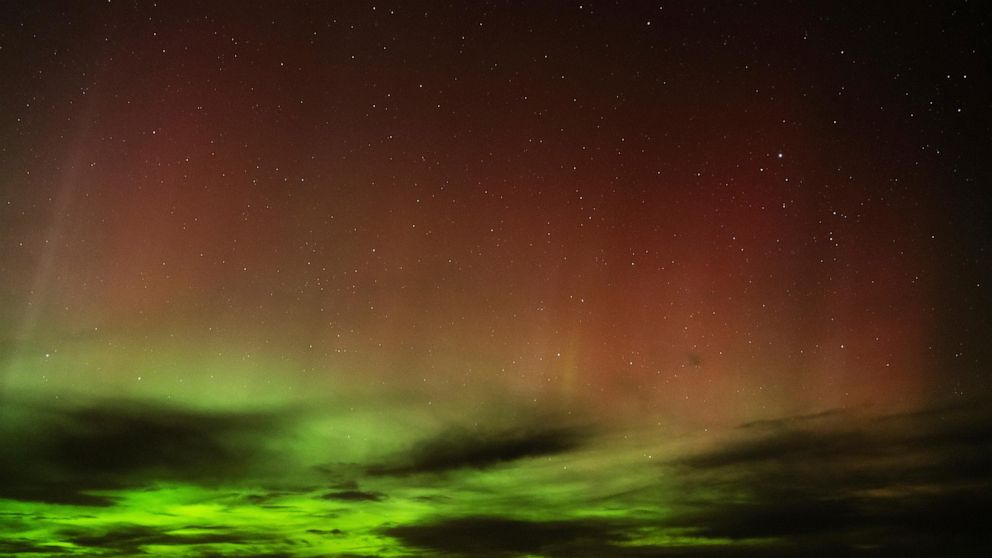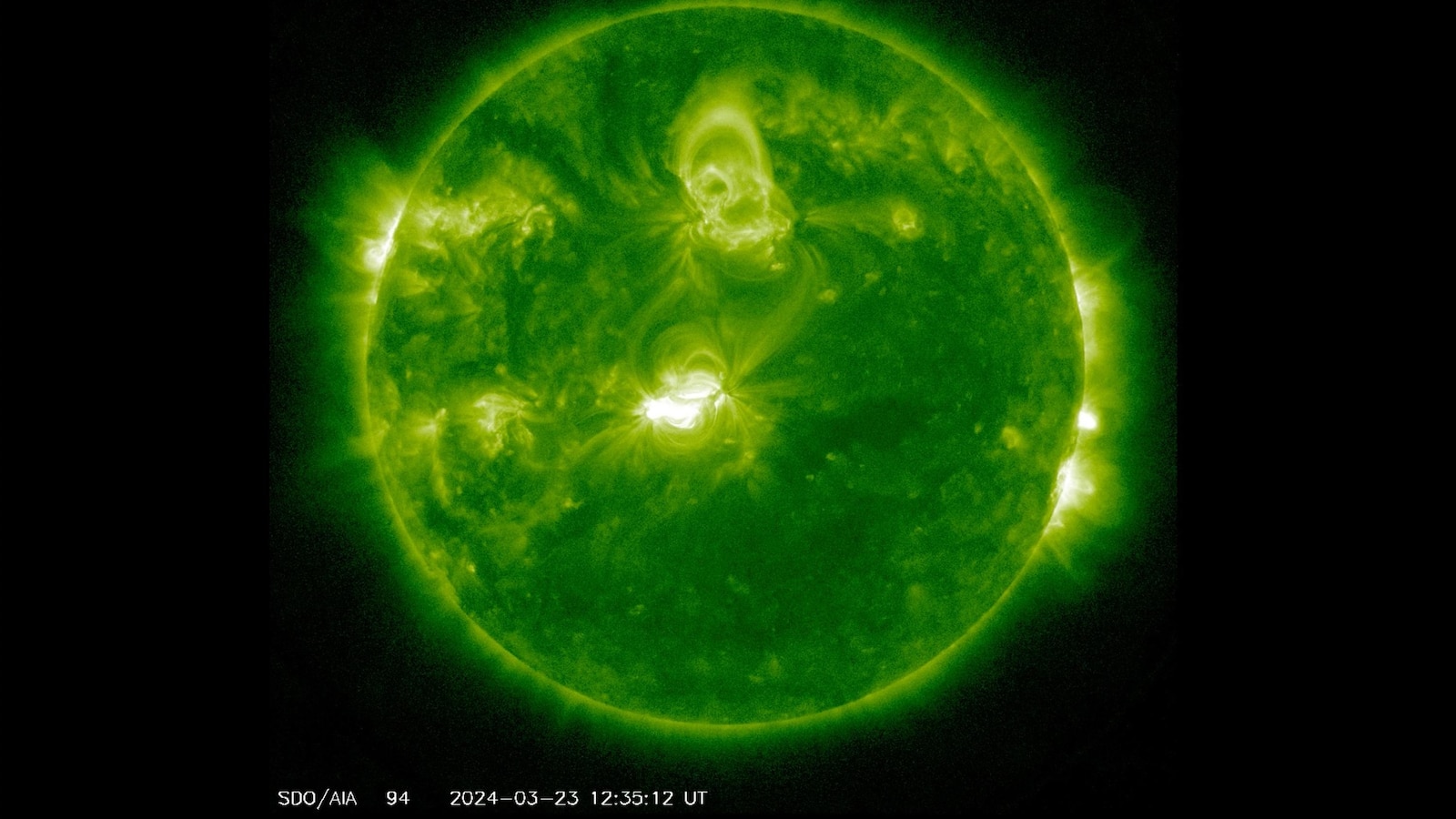Anticipated Solar Storm on Thursday to Enable Northern Lights Viewing in 17 States
Nature has a way of surprising us with its awe-inspiring phenomena, and this Thursday is no exception. A solar storm is expected to hit Earth, creating a breathtaking display of the Northern Lights in 17 states across the United States. This rare event offers a unique opportunity for residents and visitors alike to witness the mesmerizing dance of colors in the night sky.
The Northern Lights, also known as the Aurora Borealis, are a natural light display that occurs when charged particles from the sun collide with atoms and molecules in Earth’s atmosphere. This collision releases energy in the form of vibrant colors, including shades of green, pink, purple, and blue. Typically, the Northern Lights are visible in polar regions, but during a solar storm, they can extend further south, allowing people in lower latitudes to witness this incredible phenomenon.
The solar storm expected on Thursday is caused by a coronal mass ejection (CME) from the sun. A CME is a massive release of plasma and magnetic field from the sun’s corona. When this highly charged material reaches Earth, it interacts with our planet’s magnetic field, resulting in geomagnetic disturbances. These disturbances are what create the conditions for the Northern Lights to appear in regions that are not typically within their reach.
According to experts at the National Oceanic and Atmospheric Administration (NOAA), the solar storm is expected to be of moderate intensity. This means that the Northern Lights may be visible in several states across the country. The states most likely to experience this celestial spectacle include Alaska, Washington, Oregon, Idaho, Montana, North Dakota, South Dakota, Minnesota, Wisconsin, Michigan, Maine, New Hampshire, Vermont, New York, Massachusetts, and northern parts of Illinois.
To increase your chances of witnessing the Northern Lights during this solar storm, it is recommended to find a location away from city lights, as light pollution can hinder visibility. Rural areas, national parks, or open fields are ideal spots for observing the night sky. Additionally, it is advisable to check the weather forecast and choose a clear night for optimal viewing conditions.
Photography enthusiasts will have a great opportunity to capture stunning images of the Northern Lights during this event. To photograph the Aurora Borealis, it is essential to have a camera with manual settings, a tripod to keep the camera stable, and a wide-angle lens to capture as much of the sky as possible. Long exposures and high ISO settings are typically used to capture the vibrant colors and subtle movements of the Northern Lights.
While the solar storm is expected to last for several hours, it is important to note that the Northern Lights can be unpredictable. They may appear for a short period or persist for several hours, so patience is key. It is also worth mentioning that the best time to observe the Northern Lights is typically after midnight when the sky is darkest.
Witnessing the Northern Lights is a truly magical experience that leaves a lasting impression on those fortunate enough to see them. This anticipated solar storm on Thursday provides a unique opportunity for residents and visitors in 17 states to witness this natural wonder. So mark your calendars, find a suitable location, and prepare to be amazed by the captivating dance of colors in the night sky.



